
Introduction:
A machine's capacity to replicate human vision is known as computer vision. Healthcare is not expected given how this technology has affected or even changed practically every other industry in the world. It is anticipated that the worldwide market for computer vision solutions in the healthcare industry would expand dramatically from $262 million in 2019 to $2.4 billion by 2026.
Medical professionals now have superpowers like unwavering focus and unceasing observation because of advancements in computer vision, particularly in the area of object detection. For instance, a machine's error rate is about 3.5%, while a human's is 5%. In short, these tasks can be performed more effectively by computer vision object detection and recognition.
The most recent advancements in object recognition technology are attributed to deep learning, or the use of multi-layer neural networks in machine learning algorithms.The accuracy of object detection on both public and private data sets has greatly increased thanks to deep learning.
What is Computer Vision?
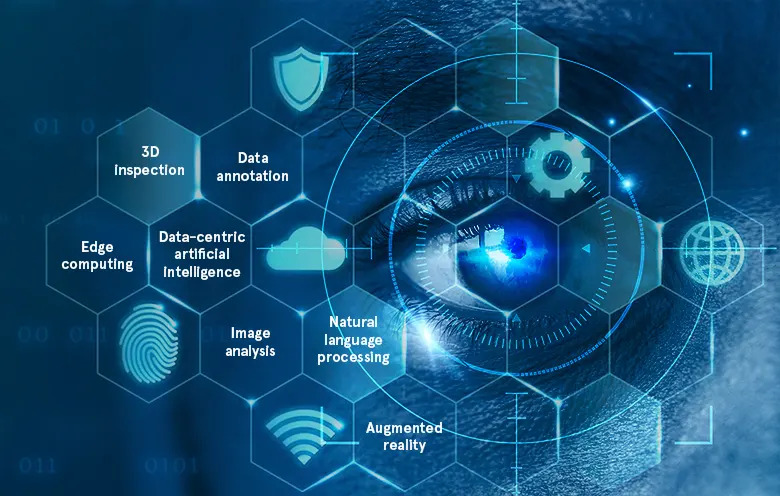
The goal of the artificial intelligence (AI) and computer science discipline of computer vision is to give computers the same ability as human vision to analyse and comprehend visual information from their environment. It entails creating algorithms and systems that can automatically recognize, evaluate, and extrapolate important data from pictures or movies.
Computer vision aims to emulate and even exceed human visual perception, allowing computers to carry out tasks including image production, object detection, object classification, and scene interpretation. It includes a range of approaches and strategies from deep learning, machine learning, pattern recognition, and image processing.
Key components of computer vision include:
1. Image acquisition is the process of gathering visual information with the aid of scanners, cameras, and other sensors.
2. Preprocessing: Improving the quality and utility of visual information by purifying and enriching raw image data. This could include operations like colour normalisation, image scaling, and noise reduction.
3. Finding pertinent patterns, edges, textures, shapes, or other distinguishing elements in photos that can be utilised for additional investigation and identification is known as feature extraction.
4. Detecting and recognizing items or entities in photographs, such as faces, objects, text, or landmarks, is known as object recognition and detection. This could include tracking, segmentation, classification, and object localization.
5. Scene Understanding: The ability to interpret visual data at a higher level by knowing the context and connections between various items or aspects within a scene.
6. Neural Networks and Deep Learning: Complex features can be automatically learned and extracted from unprocessed visual input by using neural network topologies like convolutional neural networks (CNNs) and deep learning algorithms.
7. 3D vision is the use of computer vision techniques to the analysis and comprehension of three-dimensional surroundings, structures, and forms from various perspectives.
Numerous industries, including healthcare, automotive, retail, agriculture, surveillance, entertainment, and more, use computer vision. It is essential to the operation of many cutting-edge technologies, including augmented reality, facial recognition software, medical imaging, autonomous cars, and manufacturing quality control.
All things considered, computer vision gives robots the ability to see and comprehend the visual world, creating new avenues for automation, creativity, and human-computer connection.
Confidentiality in Computer Vision:

In computer vision, confidentiality is the safeguarding of private visual information so that it cannot be viewed, accessed, or misused by unauthorised people or institutions. Maintaining secrecy is essential because of the nature of visual information, which might contain private photos, medical scans, surveillance film, and secret visual data in sectors like manufacturing or defence.
Key considerations for confidentiality in computer vision:
1. Data Encryption: To avoid unwanted access, visual data should be encrypted while it's in transit and at rest. Images or video streams can be encrypted using algorithms to make sure that only authorised persons possessing the right decryption keys can view or handle the material.
2. Access Control: Only authorised workers should have access to visual data. Depending on their roles and responsibilities, role-based access control mechanisms can be used to make sure that users have the right authorization to view or modify particular kinds of visual data.
3. Anonymization and pseudonymization: Sensitive data, such as faces, licence plates, or recognizable locations, might be anonymized or pseudonymized in visual data to preserve people's privacy. This entails maintaining the data's analytical utility by masking or substituting generic identifiers for identifiable aspects.
4. Safe Storage and Transmission: It is recommended that visual data be kept in safe repositories that have strong encryption and access controls. To avoid interception or eavesdropping, secure communication protocols like HTTPS or VPNs should be used while sending visual data over networks.
5. Data Minimization: Only gather and save the visual data that is required to achieve the desired outcome. Reducing the quantity of data gathered helps ensure compliance with privacy laws like GDPR and HIPAA and lowers the exposure risk in the case of a security breach.
6. Auditing and Record-keeping: Keep thorough records of all visual data access, including who accessed what, when, and why. Auditing tools are useful for keeping an eye on and tracking user activity in order to spot any suspicious activity or unauthorised access.
7. Secure Development methods: When developing and putting into use computer vision systems, adhere to secure software development methods. This include carrying out security audits, following best practices for coding, and routinely patching and updating software to fix security flaws.
8. Regulatory Compliance: Make sure that all applicable privacy laws, industry-specific rules, including HIPAA, CCPA, and other regulations are followed when processing visual data. Recognize the privacy and data protection laws in the jurisdictions where the visual data is processed and gathered.
What is Deep Learning?

The term "deep" refers to a subset of machine learning that uses multiple-layered artificial neural networks to extract complex patterns and representations from input. It attempts to emulate the neural networks in the human brain in order to process vast amounts of data, derive significant insights, or carry out certain jobs.
Among the essential traits of deep learning are:
1. Neural Networks: Deep learning models consist of hierarchically arranged, interconnected layers of artificial neurons. Every layer takes in data from the layer before it, runs it through a number of mathematical operations, and then sends the result to the layer behind it.
2. Deep Learning Architectures: Typically, numerous hidden layers sit between the input and output layers in a deep learning architecture. As information moves through successive layers, these deep architectures allow the models to acquire ever more abstract and intricate representations of the incoming data.
3. Feature Learning: Deep learning models gradually extract pertinent features at various levels of abstraction by automatically learning hierarchical representations of the input. Because the models are able to learn to extract meaningful features straight from raw data, there is no longer a requirement for human feature engineering.
4. End-to-End Learning: To produce output predictions or carry out particular tasks in an end-to-end fashion, deep learning models have the ability to learn directly from unprocessed input data. This is in contrast to conventional machine learning techniques, which frequently call for tedious preprocessing and feature extraction procedures.
5. Scalability: Thanks to developments in parallel computing, distributed training methodologies, and the availability of potent hardware accelerators like GPUs (Graphics Processing Units) and TPUs (Tensor Processing Units), deep learning models can scale successfully to handle huge and complicated datasets.
6. Representation Learning: Deep learning models pick up the ability to automatically identify and depict the patterns and underlying structure in the data. Because of this, they are excellent at tasks like speech recognition, picture recognition, and natural language processing.
What does the healthcare industry stand to gain from computer vision?

In the healthcare industry, computer vision is used to enhance medical procedures and treatments, expedite healthcare research, and enhance patient experiences in general. Additionally, it helps medical practitioners to decide on patient care more intelligently.
High-tech cameras and sensors are combined with AI-based technology in the healthcare industry to display and extract data for a range of uses in treatment, research, and administration of healthcare.
Applications of Computer Vision in Healthcare:
1. AI tumour identification

The term AI tumour detection describes the process of automatically identifying and analysing tumours in medical imaging data, such as X-rays, MRIs, CT scans, and mammograms, using artificial intelligence (AI) algorithms and methodologies. With the use of AI, tumour diagnostics could become much more accurate and efficient, resulting in earlier detection and better patient outcomes.
2. Better image analysis
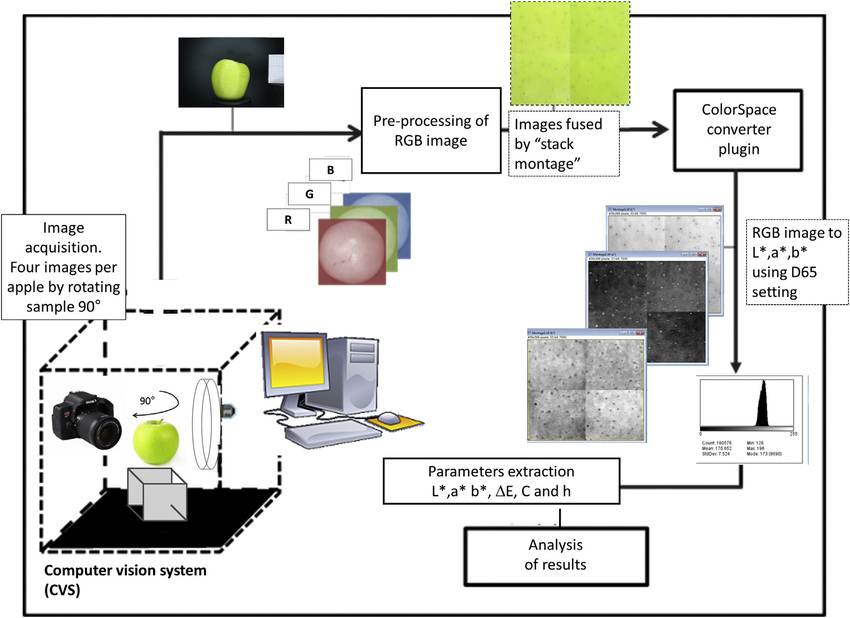
Computer vision can diagnose medical images with far greater precision, speed, and accuracy while making fewer mistakes by identifying patterns in the images. From medical photographs, information that is invisible to the human eye may be extracted.
Furthermore, computer vision can be viewed as a viable remedy due to the scarcity of radiologists and MRI technicians in the medical field.
3. Computer vision for adherence to hospital hygiene

Clinical personnel can detect places that require more regular cleaning by using computer vision to enable real-time surveillance of high-touch areas including patient beds, door knobs, and handrails. Furthermore, AI vision can offer insightful data on patient usage trends, allowing building administrators to assess personnel movement and pinpoint areas that may require more resources or cleaning.
Managers of hygiene can use this to streamline procedures and lower the chance of contamination. In order to make sure that all safety procedures are followed, computer vision can also be utilised to keep an eye on what hospital employees and visitors are doing. It can detect when someone enters a room without wearing protective gear or when a medical professional enters a patient's room without first washing their hands.
4. Smart operating facilities
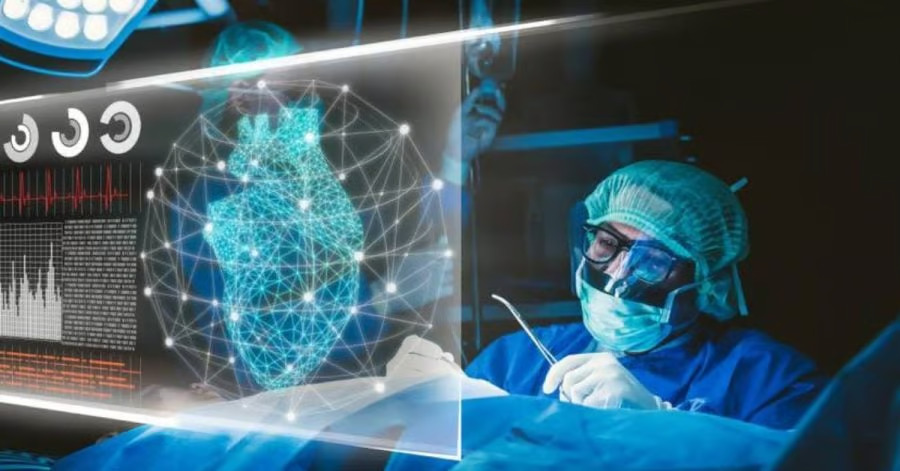
The process of recording surgical operations that entail a variety of repetitive and error-prone jobs can be automated with computer vision. Approximately 1500 surgical procedures occur in the US each year, and computer vision can follow surgical instruments to solve this problem. Surgeons often forget equipment inside patients.
5. Deep learning for imaging in medicine
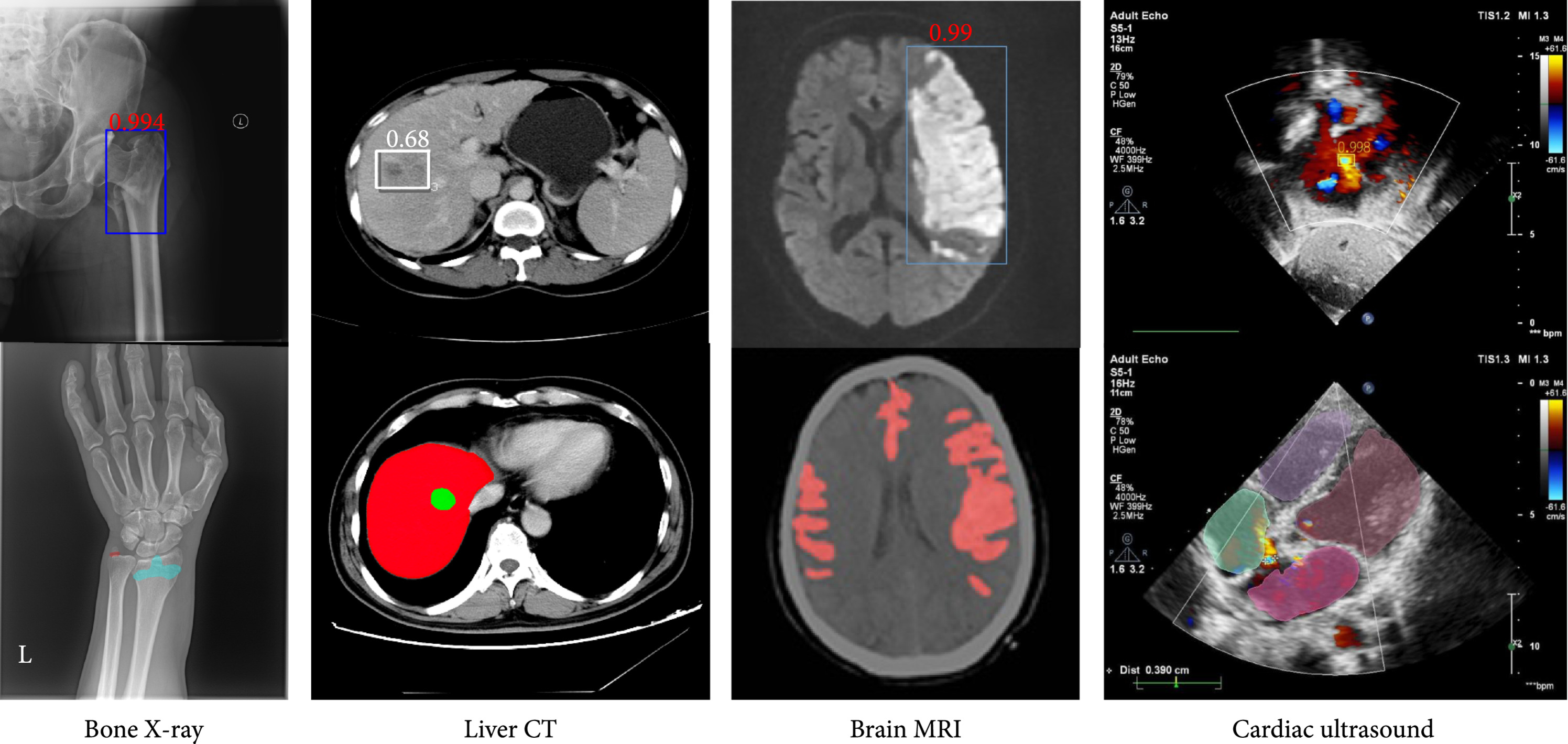
Medical personnel may now make better decisions about patient care thanks to the usage of computer vision in a variety of healthcare applications. One technique that does this is medical imaging, also known as medical image analysis. It allows for a more precise diagnosis by visualising specific organs and tissues.
Medical image analysis makes it simpler for physicians and surgeons to see into the patient's body and spot any problems or anomalies. Medical imaging encompasses various areas such as endoscopy, MRI, ultrasound, X-ray radiography, and more.
6. Astute medical education
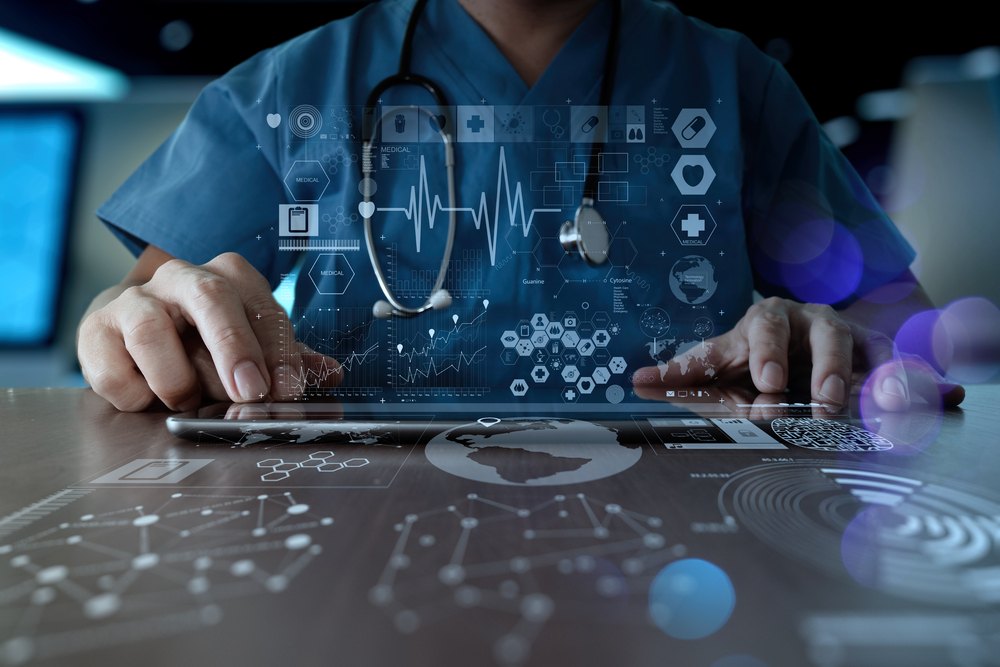
Medical skill training and diagnostics both make extensive use of computer vision. Surgeons today rely on more than just the old-fashioned method of learning skills through hands-on experience in the operating room.
On the other hand, simulation-based surgical platforms have become a useful tool for surgical skill assessment and training. Before going into the operating room, trainees can practise their surgical abilities with surgical simulation.
Before operating on patients, they can better grasp patient care and safety thanks to the thorough feedback and performance evaluation they receive. Additionally, computer vision can be utilised to measure activity levels and identify frantic movement to evaluate the quality of the procedure.
7. AI diagnostics for medicine
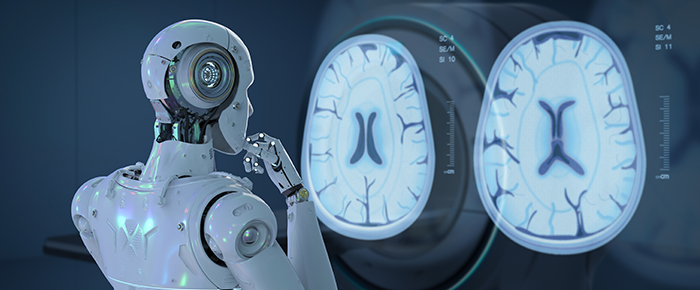
Medical diagnostics and imaging have grown in significance in today's healthcare system because they offer priceless information that aids in the detection and diagnosis of illnesses by medical professionals. Recent developments in computer vision have made diagnostics in the medical field quicker and more precise.
Medical photographs can be rapidly examined for disease indicators using computer vision algorithms, allowing for more precise diagnoses to be made in a fraction of the time and money compared to more traditional techniques. By avoiding needless treatments, assisted or automated diagnostics contribute to a decrease in healthcare expenses overall.
Algorithms that recognize patterns in images have demonstrated remarkable success in identifying diseases; for instance, they have assisted doctors in detecting subtle alterations in tumours that may indicate cancer.
8. Monitoring patient rehabilitation at home

After a medical condition, many patients would rather recover at home than in a hospital. Medical professionals can visually monitor their patients' progress and administer the required physical therapy to them with the use of computer vision software. Such home training is more cost-effective in addition to being more convenient.
Furthermore, non-intrusive remote patient or senior monitoring can be facilitated by computer vision technologies. Deep learning-based human fall detection systems, which use computer vision to detect falls, are a popular area of research that aims to lower care costs and dependency in the senior population.
9. Computer vision in Ophthalmology

In the medical field, the pursuit of AI vision for Personalised Treatments for Patients has been continuous. It comprises applying technology to more fully comprehend and identify specific diseases and ailments, as well as to develop individualised, case-by-case more effective therapies.
AI analysis of medical imaging technologies, such as magnetic resonance imaging (MRI) and computed tomography (CT), aids in the individual diagnosis and assessment of diseases, recommending customised treatments based on each patient's specific medical requirements.
10. Using facial recognition to identify patients
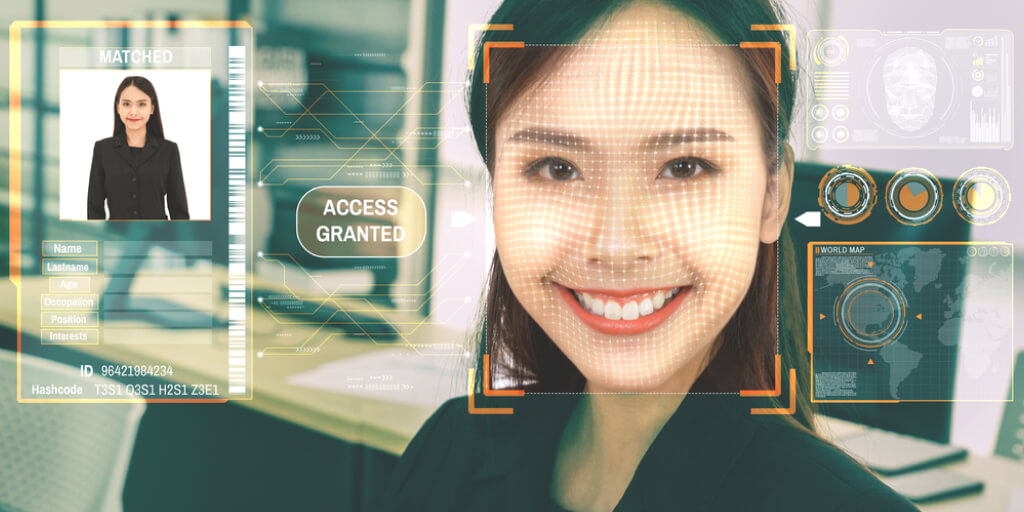
Using computer algorithms, facial recognition technology compares digital image facial traits to health records to identify current patients. Facial recognition software compares two or more digital photos of faces to determine if they belong to the same person.
Numerous healthcare applications have made use of this technology, including the speedy and accurate verification of patient identities during hospital admissions, patient safety by preventing errors in clinical practice, aiding in the prevention of medical identity fraud, streamlining the registration process, and preventing unauthorised access to sensitive data or areas.
What's Next for Healthcare and Computer Vision?
There is a lot of promise for computer vision in medical imaging and healthcare. Nonetheless, a growing number of medical use cases are now feasible due to the rapid advancement of technology.
However, computer vision in health care applications will need to work via privacy-preserving deep learning and image recognition. Edge AI will therefore play a significant role in transferring deep learning from cloud-based systems to edge devices.
Edge devices evaluate video feeds in real time without transferring sensitive visual data to the cloud by handling the machine learning activities on-device.
Conclusion:
The fast development of computer vision technologies has benefited and pioneered the healthcare sector. Numerous medical specialties have benefited from computer vision in healthcare, saving thousands of lives through improved diagnosis, early identification of health conditions, and more effective treatment strategies.
Computer vision systems in healthcare have proven beneficial to medical practitioners as well as their patients. Computer vision aids in lowering the number of diagnostic errors made by physicians. By picking up on even the smallest irregularities and variances that doctors would miss during manual exams, it can also reduce false negatives. navan.ai has a no-code platform - nstudio.navan.ai where users can build computer vision models within minutes without any coding. Developers can sign up for free on nstudio.navan.ai
Want to add Vision AI machine vision to your business? Reach us on https://navan.ai/contact-us for a free consultation.